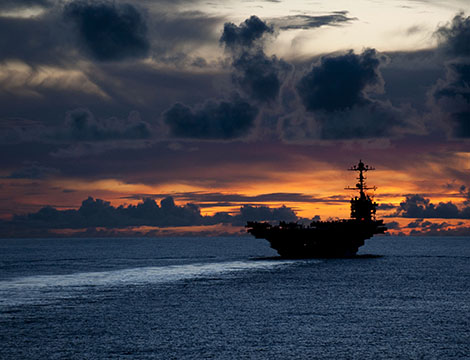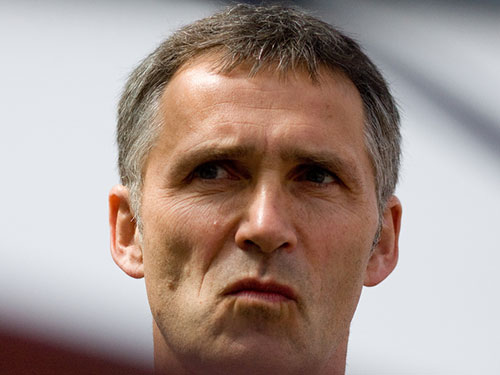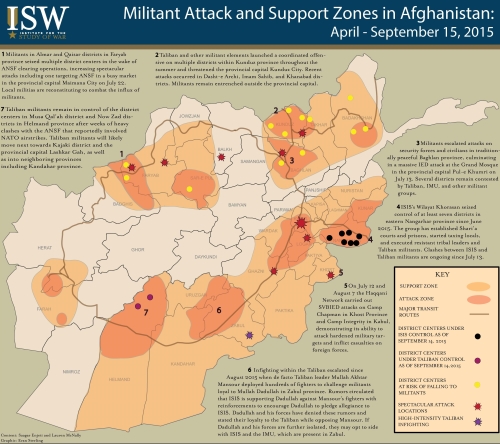
This article was originally published by the Royal United Services Institute (RUSI) on 11 October 2016.
The debate about the EU military headquarters is not as vacuous as some of its British critics claim, although it has undoubtedly been given a new lease of life by the Brexit vote. Still, the UK would be well-advised to drop its vociferous opposition to the scheme, even if it continues to entertain doubts about its viability.
During her recent visit to the UK, Germany Defence Minister Ursula von der Leyen asked the British not to block EU efforts to build deeper security and defence cooperation. Her comments followed British criticism of Franco-German plans to build an EU headquarters and suggestions that London might block such a measure, as long as it remained in the EU.
There is a whole bundle of post-Brexit vote politics at play here, for which the HQ issue has become something of a lightning rod. The 27 other EU governments are keen to show some unity and that the bloc remains relevant for their citizens, especially for their security. Plus, although it is not entirely fair to blame the UK for the EU’s lack of progress on military matters, cheerleaders for EU defence policy – and not only in Berlin and Paris – have seized on the Brexit vote as a golden opportunity to relaunch that policy.




